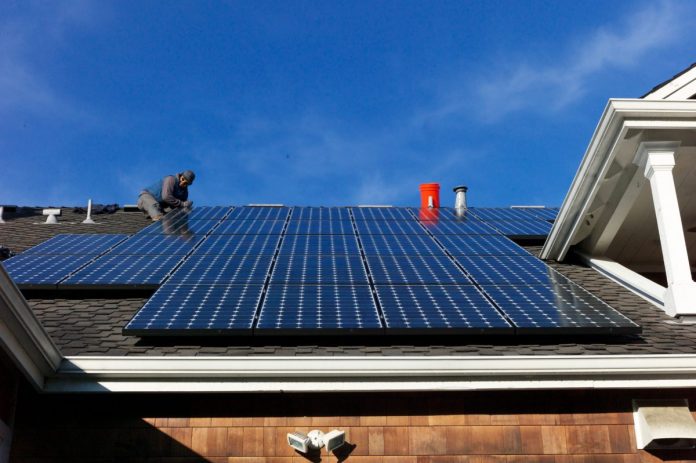Researchers at the Polytechnic University of Madrid have examined the feasibility of storing power generated by rooftop solar as heat which can then be used to generate power when the sun isn’t shining – ‘power-to-heat-to-power storage,’ or PHPS technology.
The household system in Madrid studied by the scientists included a highly efficient, thermally-driven heat pump and solar thermal collectors.
The ‘trigeneration’ system, or combined cooling, heating and power (CCHP) technology includes two types of heat store: a low or medium-grade one for domestic hot water and space heating and a high-grade heat store for combined heat and power generation. The heat generated in the former can be used for cooling as well as heating demand.
A reference case was based on grid power consumption plus an electrically-driven heat pump for cooling.
Factors
The Madrid group said factors including the cost of grid power and fuel and the price and productivity of PV arrays would influence the optimal size of trigeneration systems. The researchers estimated a €900-1,200/kW cost for PV systems and based their estimate of PHPS profitability on the resulting electricity savings.
A domestic power-to-heat-to-power storage system could drive grid electricity savings of more than 70%, according to the researchers, but would require 12-15 years to pay for itself. “This holds true even when the heat-to-power conversion [efficiency] is moderately low (20-30%), provided that the economic conditions are favorable,” the researchers stated.
The Madrid group conceded heat losses in the high-temperature thermal store would mean a PHPS system would mean a solar power self-consumption rate of only 40-60%. “Possible ways of minimizing these losses include the development of novel, ultra-dense heat stores at moderately low temperatures, or more advanced thermal insulation [systems],” added the researchers.
The group’s findings are described in the study Techno-economic analysis of solar PV power-to-heat-to-power storage and trigeneration in the residential sector, published in Applied Energy and on the ScienceDirect website.






